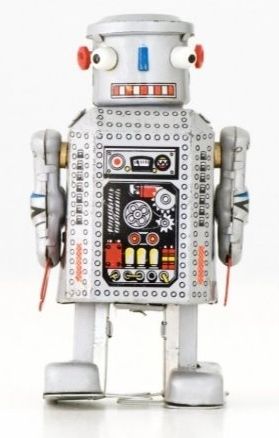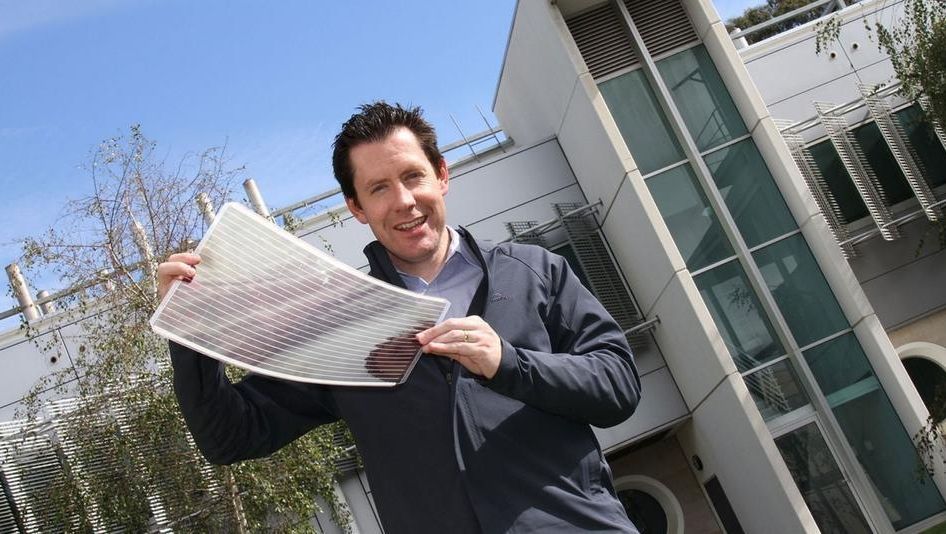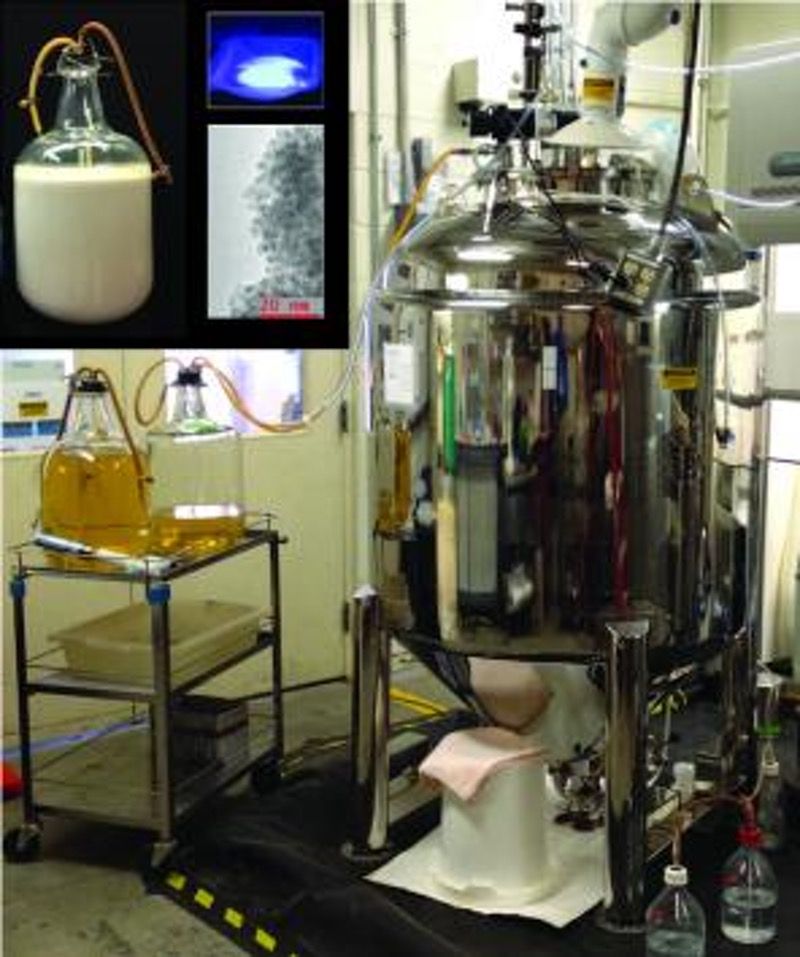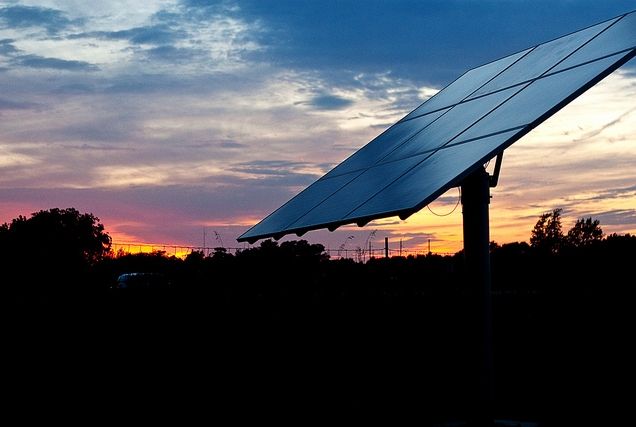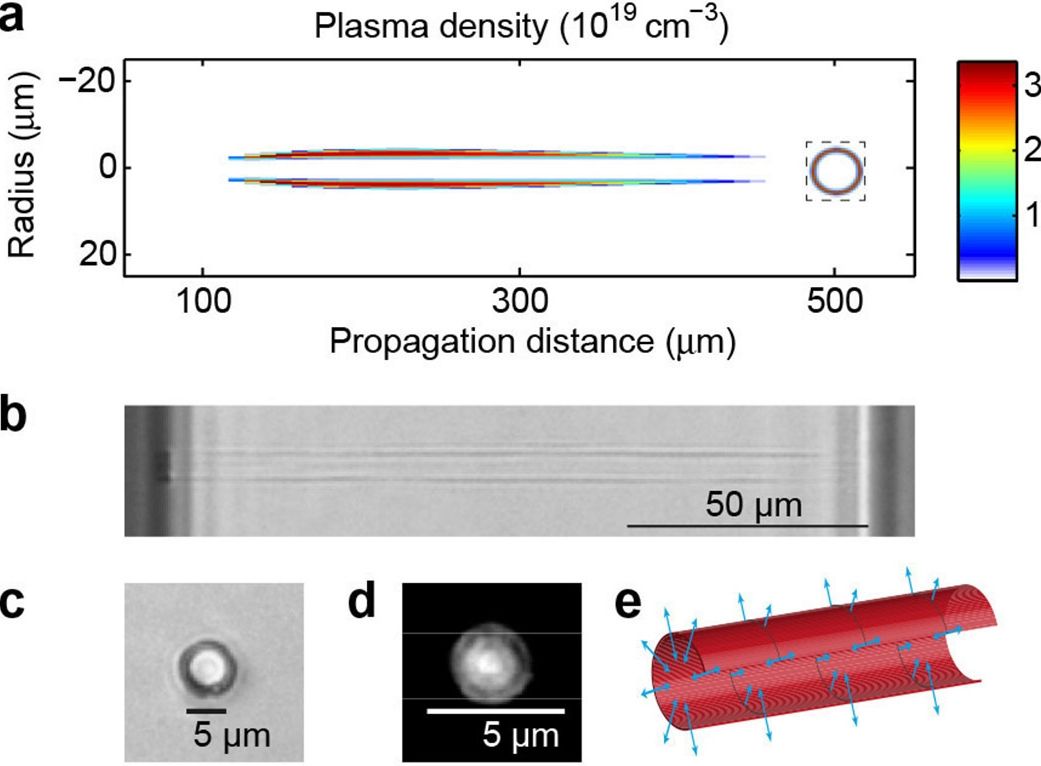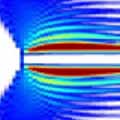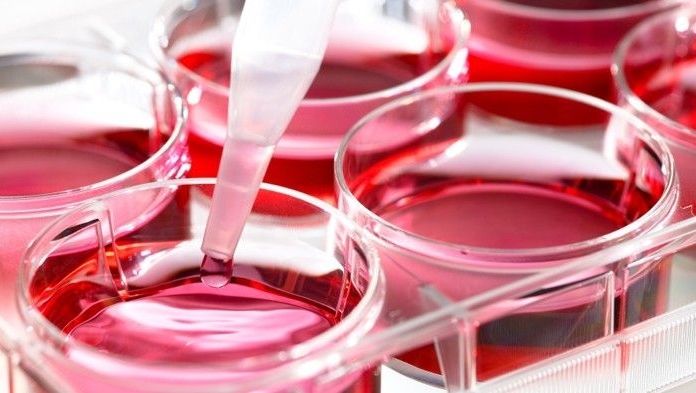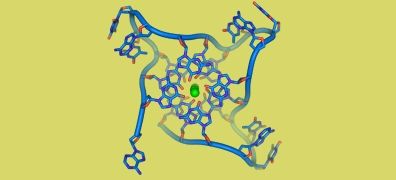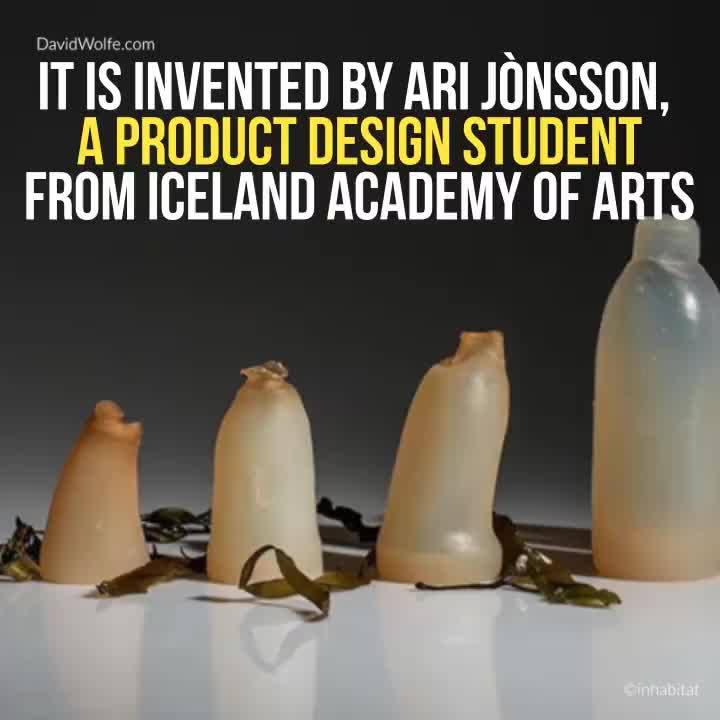May 25, 2016
Poverty marks a gene, predicting depression
Posted by Karen Hurst in categories: biological, genetics, neuroscience
Not surprised;
A long line of research links poverty and depression. Now, a study by Duke University scientists shows how biology might underlie the depression experienced by high-risk adolescents whose families are socio-economically disadvantaged.
The study, published May 24, 2016 in the journal Molecular Psychiatry, combined genetics, brain imaging and behavioral data gathered as adolescents were followed for more than three years as part of a larger study.
Continue reading “Poverty marks a gene, predicting depression” »

